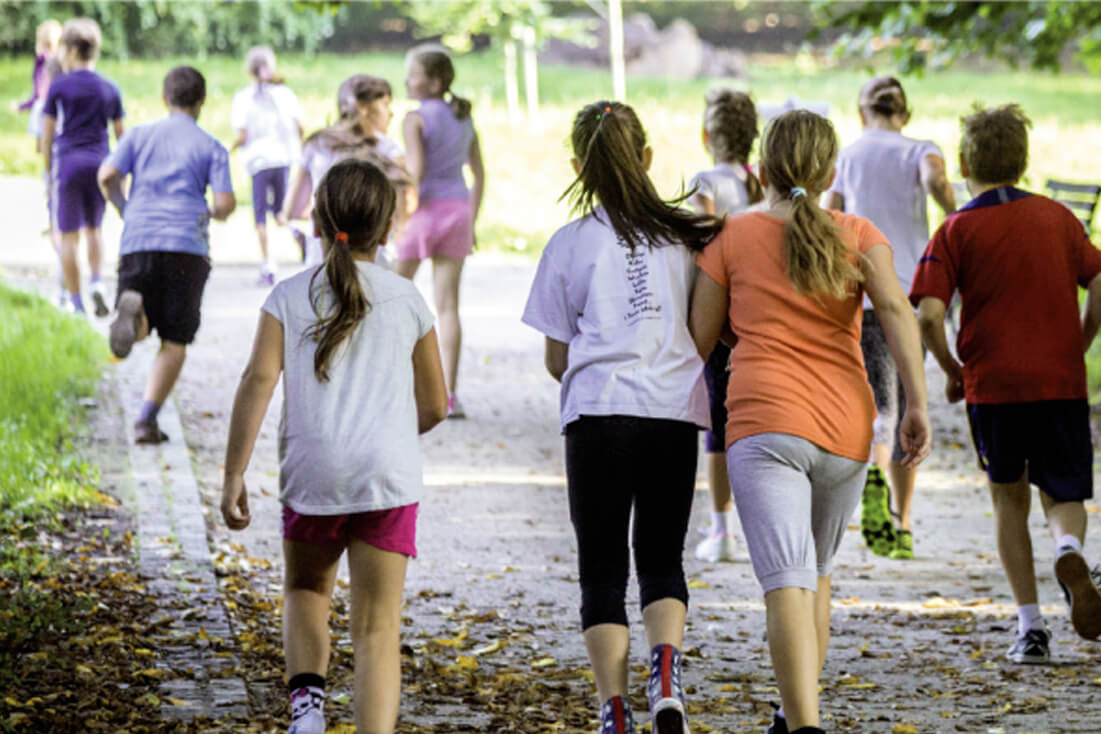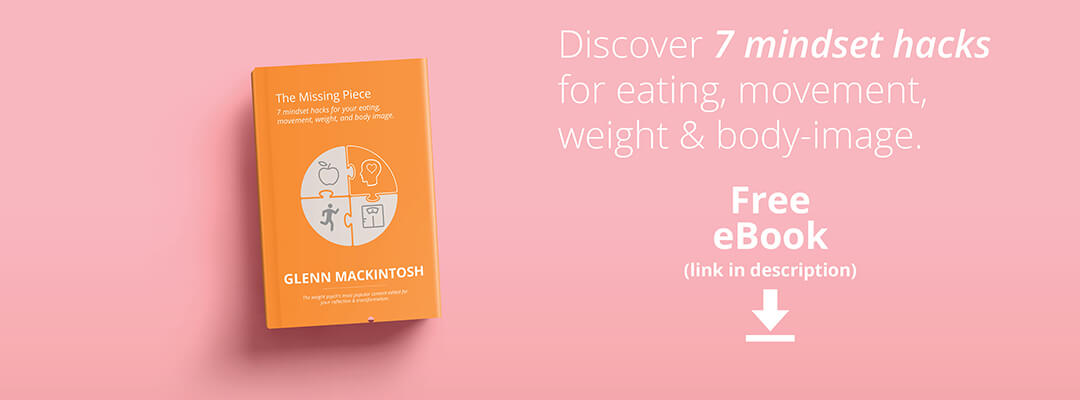
On the eve of launching our Healthy Kids Camps developed by my twin brother, Heath, and having just visited our parents for the weekend, I wanted to write a blog about children, families, and weight. I remember having a FOBO*, one of those moments where your awareness is irrevocably broadened, during a conversation with Heath a few years ago, around when he joined Weight Management Psychology. We were talking about the Health At Every Size® (HAES®) debate**, whether behavioural, pharmacological, and surgical weight loss is so ineffective that people would be better off forgetting about weight loss and working to take care of themselves regardless of weight and size considerations. Of course, weight loss is generally so ineffective in adults that the HAES camp make a great argument, and we were (ironically) driving down to our parents’ place debating the pros and cons of the various weight management approaches for adults when Heath, having a background as a Physical Education Teacher, posed the question “Do you ever think we’re tackling this at the wrong end?”…
He went on to tell me stories of being a student-teacher and seeing children eating packets of chips and cans of coke for breakfast, and how the school was trying to implement a healthy breakfast program for the kids, so they could start the school day nourished. He also told me about how in phys-ed classes the coordination, strength, and mobility of the average student had declined over his ten years of teaching, and that his focus had shifted to helping develop basic physical abilities for the “less sporty” types (how many of my clients would have wished to have been in his classes as a kid!). It was saddening to hear the combined effects of poor eating and inactivity on energy levels, behavior problems, and ultimately the kids’ grades. Even more heartbreaking was the traumatic bullying the bigger kids experienced, with the current trend being to make subtle “whhouuuppp whoouuuppp” whale noises when the bigger kids where around – these noises, like real whale noises, had the advantage of being subtly audible, but difficult to determine the origin of, protecting the bully with relative anonymity. I thought to myself “what kind of hope do these kids have?”
….and then “He’s right, everything I’m doing with my adults is an attempt to help them relearn stuff they’ve learned when growing up!” Indeed, it was time for WMP to begin to tackle eating, moving, weight, and body-image across the lifespan! Help families break the cycle and provide support they wished they had received as kids!! Tackle great treatment and prevention!!!
But how?
Of course, we know that neglectful food parenting, without structure or provision healthy options is not the answer. But we also know very clearly for children (as with adults) that a weight loss mentality is very harmful, and will actually encourage eating disorders and weight gain over time. One of the biggest predictors of childhood weight issues is adult weight issues, so many bigger kids have bigger mums and dads***, and this becomes extremely tricky as parents who have their own weight issues are more likely to (a) not see healthy behaviours as important for their children as they don’t see them as important in general, or (b) be extremely concerned about their children’s weight and enforce harmful dieting practices, so sometimes mums and dads can go too far either way in the wrong direction here. With so much information about what we should do I’d like to provide some simple recommendations based on sound scientific evidence****. As with any children and family development, it takes time and work to transform the health of your family, but there I know, every every little bit of investment will be more than worthwhile. Here’s a few important starters:
(1) Behaviours over bodies – focus on developing healthy behaviours – eating, moving, drinking, relaxing and sleeping – over changing bodyshape, even if you believe your child is heavier than they need to be – any focus on weight and shape is likely to result in more harm than good.
(2) Provide eating structure – in helping your children develop healthy eating habits you choose what, when, and where children eat. This means providing a range of foods for home and school, and setting meal times at home, often to be eaten at the table, where modeling of healthy eating habits can take place (and there is countless other research for the benefits of eating at the table, even if your kids whine about it!).
(3) Allow children trust – in helping your child develop healthy eating habits, allow the children to choose how much, and even whether they eat at a given meal. This can be very hard, especially as you will want them to eat what you feel is “normal” or “healthy” for a specific meal, but it can get them out of touch with their natural senses of hunger and fullness, which makes them more susceptible to non-hungry eating cues (like tv ads, the presence of food, or emotions). Restrictive eating practices – like making children eat certain foods, forbidding certain foods, and making children eat more or less – while seeming sensible, tend to backfire, and work against the optimal health and weight trajectory of your kids.
(4) Focus on enjoyable movement – movement should not be a punishment for being bigger, or even something your child has to be great at. Find ways to help your child move more, whether it be a sport they like, walking to or from school, or something you build into a family routine! After reminding myself of being “forced” to try rowing, rugby, and cricket, and ending up loving rugby and rowing*****, I would encourage you to encourage the kids to try and test out if they like activities or not, before discounting them!!! I can also remember a PE class at school where a fellow who was teased as both “fat” and a “nerd”, and often sat out PE, decided to try the wrestling class, and it turned out he was as strong as an ox, and gained a lot of respect for outwrestling almost everyone, including one of the biggest “jocks” – he wasn’t teased quite as much after this 😉
(5) Model transformation – Of course, the final step is you. We know the best way kids learn how to eat, drink, move, and live is through modeling. This is true for both parents, and we have especially good research to show us girls model a lot from their mum’s behavior. Do as we say, not as we do doesn’t cut it when giving kids the gift of a healthy lifestyle, so if you are like many parents I see and feel concerned, guilty, or worried about your child’s weight, maybe it’s time to do all of you a favour, and spearhead a balanced, sustainable, family health campaign.
My bias is obvious, as I sit in a room all day helping people take care of their eating, movement, weight, and body image, but seeing the struggle my clients deal with day in day out, I truly believe that, apart from your love, there is no greater gift you can give your child than the gift of healthy living.
I created this blog for people just like you.
If you found it valuable, please help me share it with them!
*A technical, psychologist acronym for Flash Of the Blindingly Obvious
**For Glenn’s and other health professionals’ view on the Health at Every Size debate, click here for a Panel Debate at the Global Weight Management Congress, 2015.
***Of course, this has a big genetic basis, as well as a behavioural one, and confounding the issue is that often naturally bigger children with natural height-weight growth charts are often misinterpreted as being too heavy, resulting in harmful weight loss attempts that most often lead to subsequent weight gain.
****People have heard me bang on about scientific research in various blogs, workshops, and individual sessions, but assessing and translating the latest research is a cornerstone of work at WMP, and means we can rest easy knowing we are providing you with the best information, advice, and support we can, rather than following unproven theories, outdated practices, or the latest trend. One of our favourite “translators” of research into practice is Ellyn Satter www.ellynsatterinstitute.org
*****Going on to play First IV Rubgy (captained by Heathy boy) and winning a Head of the River *dusts lint off shoulder*, and being the worst cricket player in the U13Ds and quitting the season after (people used to get excited when the ball was hit high by an opposing batsman, and then lose hope when they saw the ball was coming to me!)





